Fed up of weeding and watering? 7 ways to simplify a garden, to create an easier, lower effort outdoor space
Switch to fuss-free backyard landscaping ideas that offer simple solutions
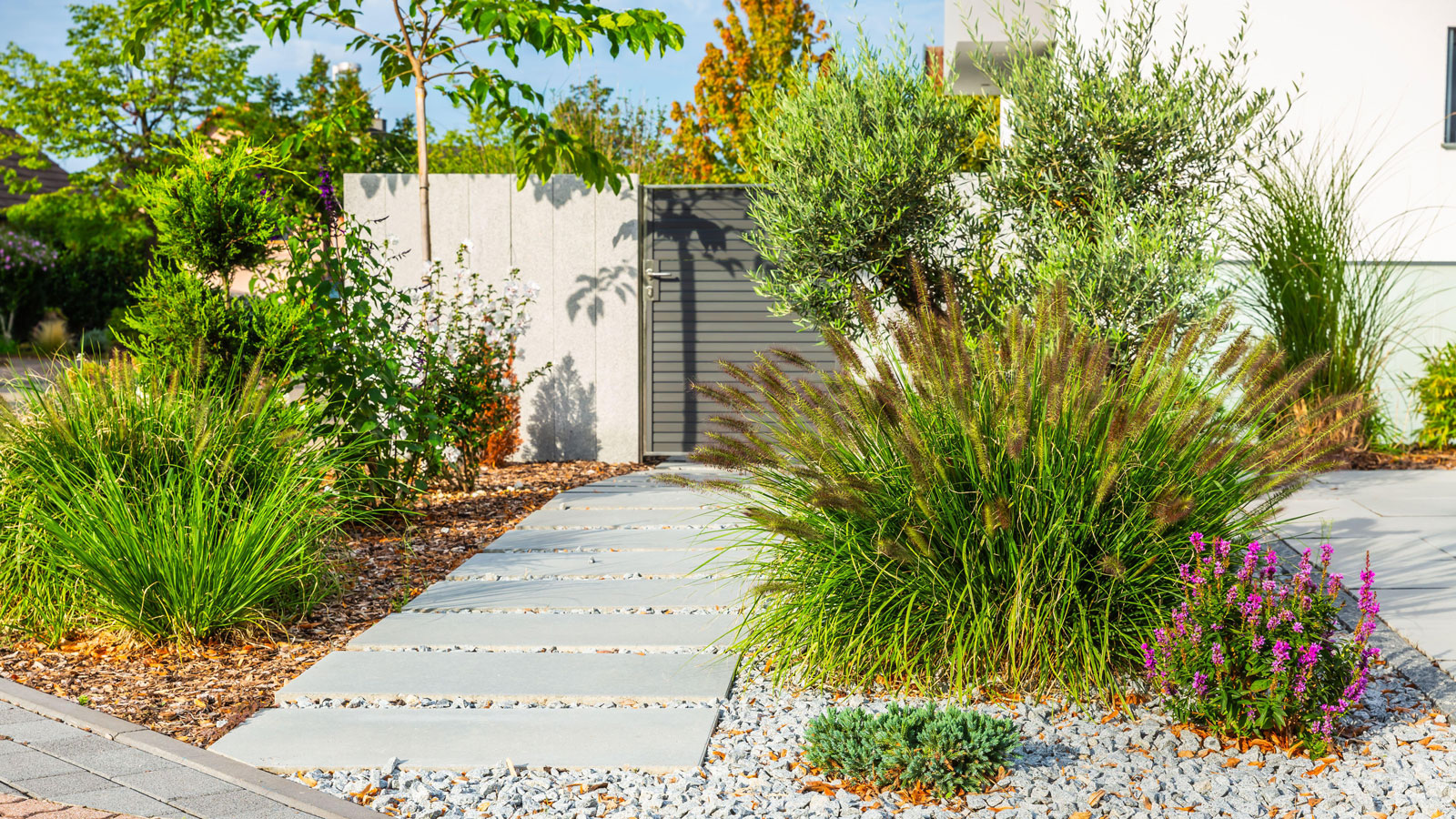
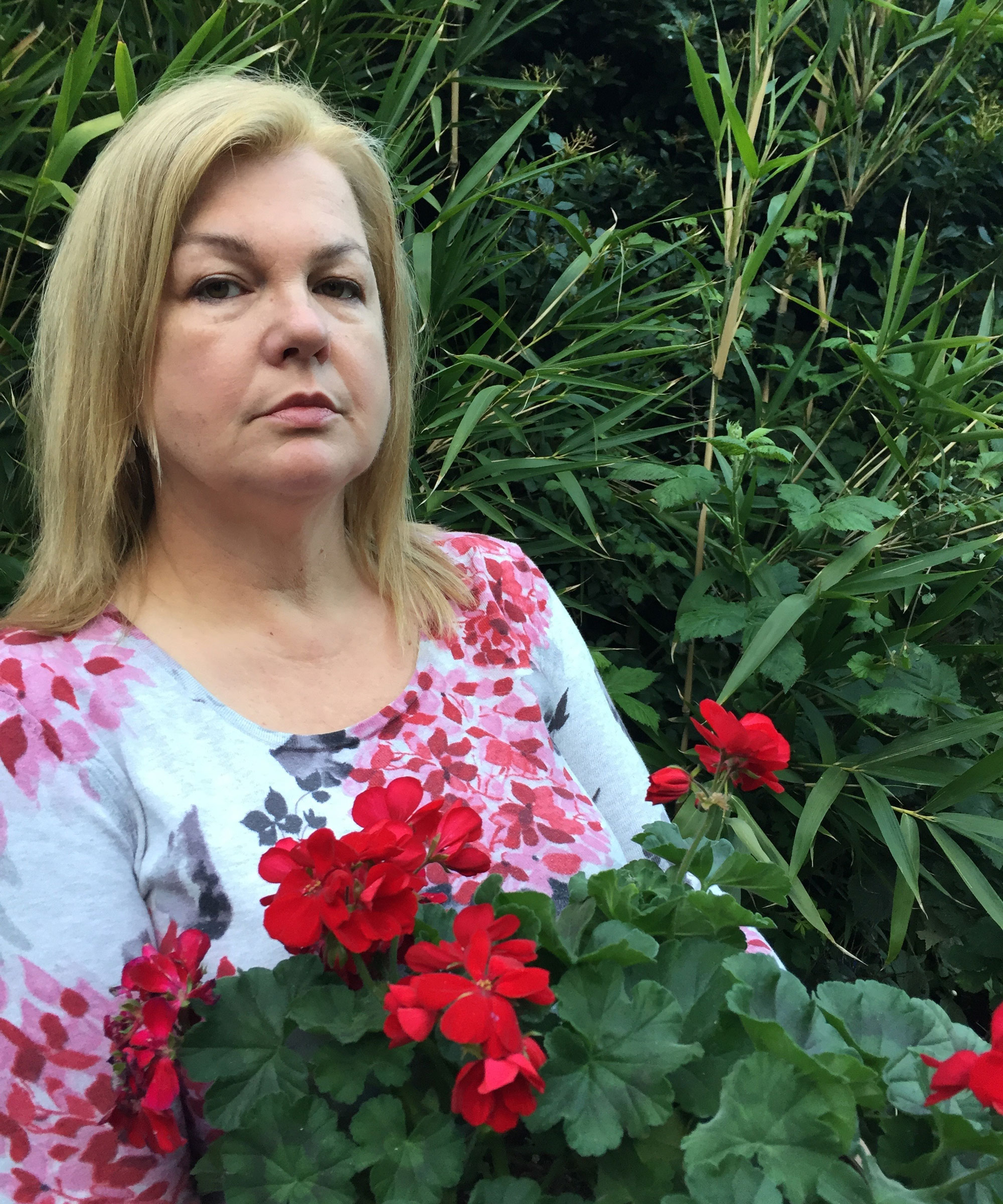
If you're interested in the trend for slowing and simplifying your life, it could be time to extend the concept to the garden. Everyone wants to get the most out of their outdoor space, but if you seem to spend a lot of your time stuck doing routine chores you might be eager to simplify a garden so it requires less effort.
The idea is to lessen the time you spend on keeping your yard looking great. After all, gardens are made for relaxing in, so your backyard ideas need to be easily achievable. If you make some simple changes in the way you garden you will get to focus on what you really love doing.
Think about choosing fuss-free plants, time-saving containers, and easy materials for paths and paving that don't require a major overhaul every spring. You may also consider if you really want to devote a large amount of space to a high-maintenance lawn and all the work it entails. Time for a change? Here's what you need to know.
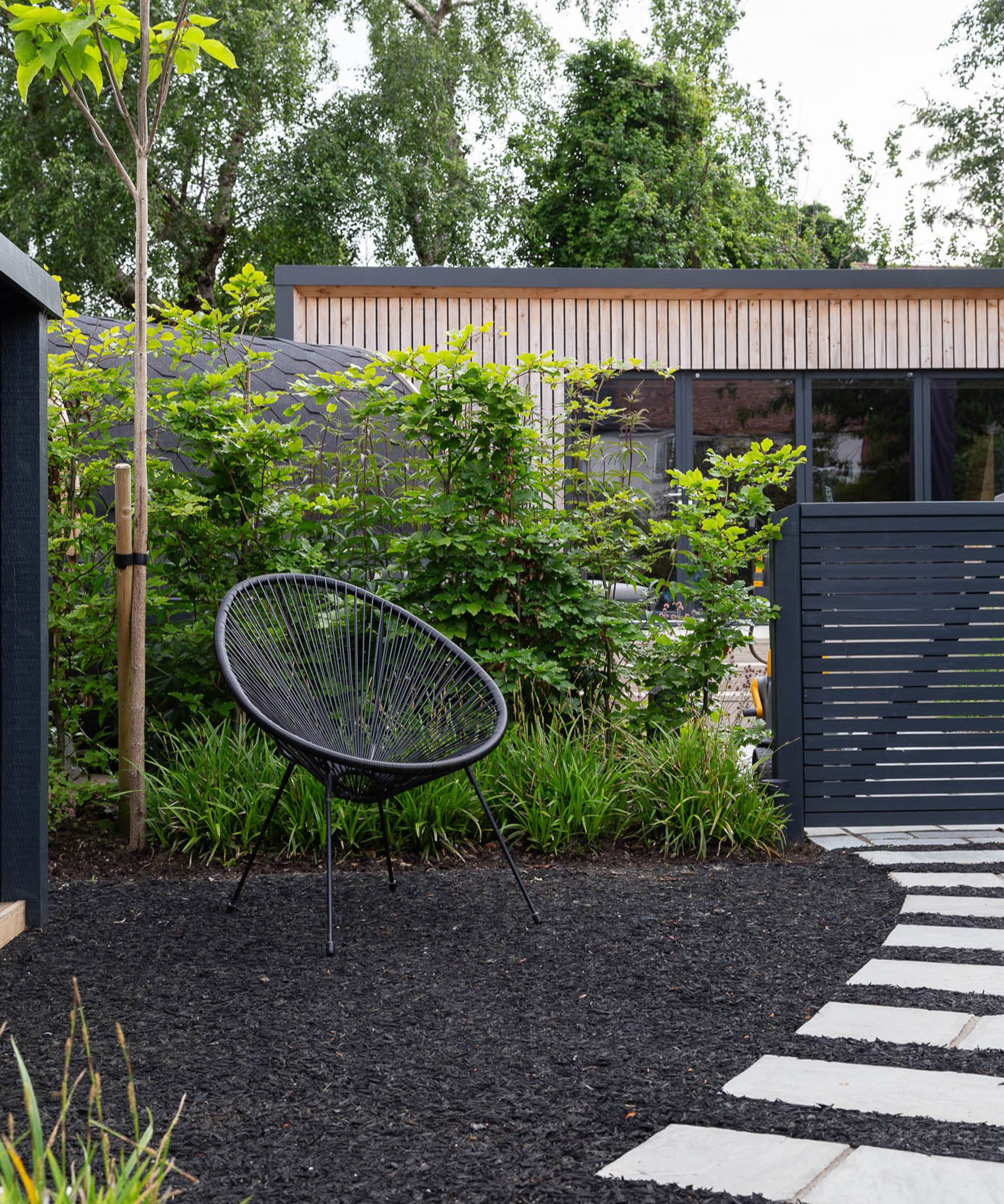
This simple garden design is easy to maintain
7 ways to simplify your garden
If you're looking for ways to make your outdoor space fit better with your lifestyle our expert ideas will show you how to simplify a garden.
From low-maintenance garden border ideas to easier paved backyard ideas find out what you need to know about how to simplify a garden.
1. Fill your garden with easy native plants
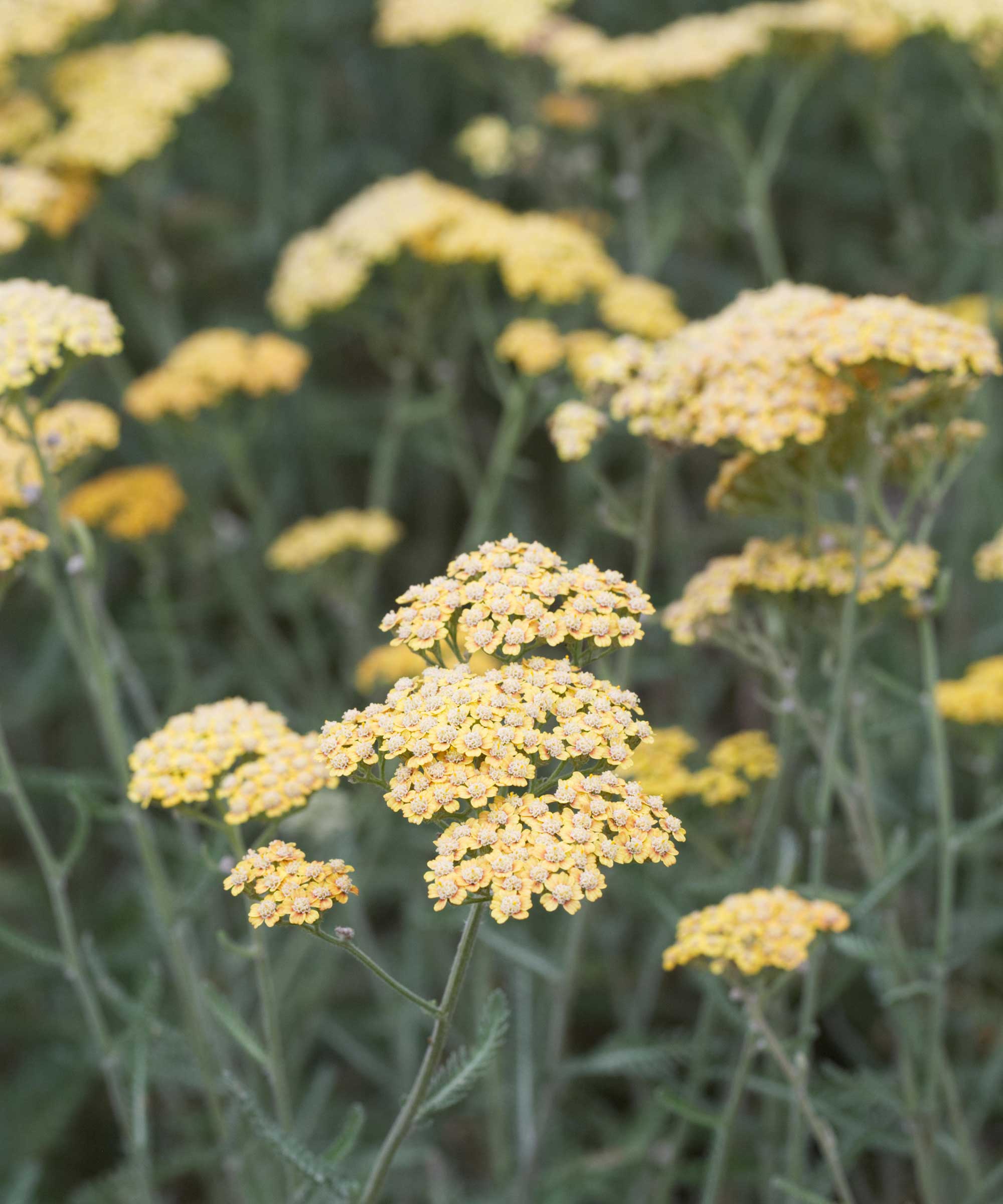
Native plants like yarrow will effortlessly cover large areas of garden alongside other low-maintenance plants
One of the best ways to simplify your planting scheme is to choose plants that are native to your area and will thrive in your garden. Look at what's growing in your neighborhood as this means the plants are happy with the soil and climate, so will slot right into your planting scheme with the minimum of fuss or input from you.
Choose native planting if you're looking into how to simplify a garden. As well as being easy to grow, native plants require far less maintenance. They benefit local ecosystems too, providing habitat and food for wildlife, and attracting pollinators to your garden.
Using abundant native plants to stop weeds spreading around is an easy way to cover bare soil. Vigorous native North American plants will naturally prevent unwanted weeds from taking over. Choose a plant like yarrow (Achillea), which will quickly spread to form an attractive carpet of foliage and flowers.
'Yarrow is great for a soft-looking, low evergreen edging,' says Nan Sterman. 'They have green or gray ferny foliage that grows as low mounds, rosettes, or mats. They produce many tall flower stems topped with umbrella-shaped flower clusters comprised of dozens of tiny flowers. Butterflies love them.'

Nan Sterman is passionate about plants, has degrees in botany and biology, and her work has appeared in major gardening publications. Her Emmy award–winning TV show A Growing Passion airs on public television in San Diego and online at AGrowingPassion.com. Nan lives in Encinitas, California, where she speaks, teaches, and writes about sustainable gardening, and designs landscapes for both private and public spaces.
2. Avoid time-consuming annual plants in favour of perennials
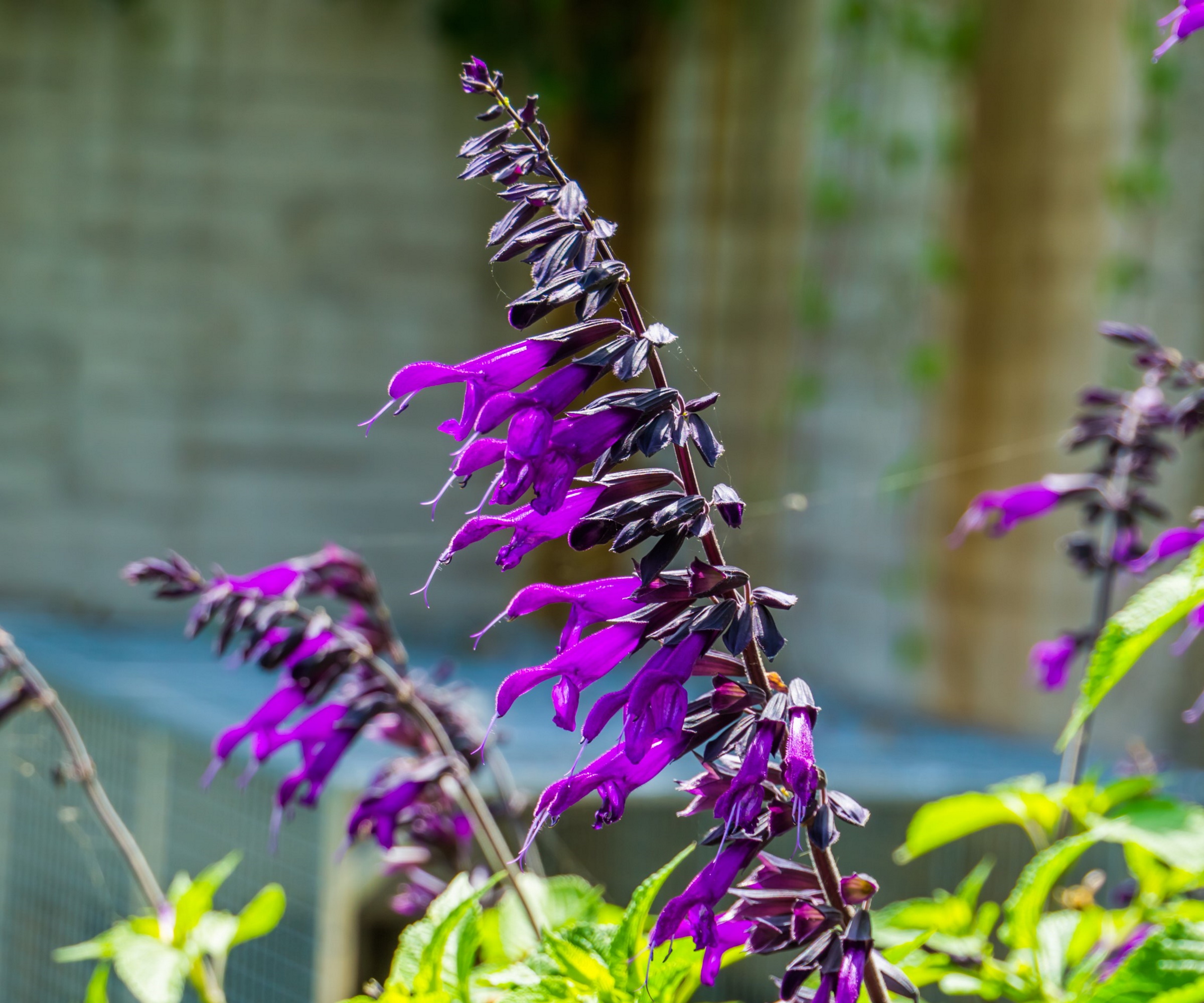
Choose a plant like Salvia 'Amistad' instead of annuals. It's such an easy perennial plant to grow
Planting the best annual flowers helps to create a colorful display in beds and borders but as the name suggests annuals only last for one season. Digging and prepping the soil ahead of planting them can be hard work, then at the end of the season the dead plants need to be dug out again and composted or binned.
In hot weather annual plants tend to need more water (sometimes as much as twice a day if they're planted in containers or hanging baskets), regular feeding, and daily deadheading to keep blooms coming, and they can be prone to pests too.
Instead choose the best perennials such as coneflowers, salvia and aster, and you'll get an extended flowering period with these fuss-free alternatives to annuals. It's all part of eliminating plants that require a lot of work and replacing them with easy-care varieties that offer so much more.
3. Take a more relaxed approach to the lawn

Embrace a little wildness. This carefree lawn has been left to its own devices and is a thing of beauty
If it’s going to look good, your lawn will require input from you on a regular basis throughout the summer months. It's probably the neediest area in your garden by the time you've factored in all the mowing, edging, weeding, renovating brown patches, feeding, watering and resowing.
There are several lawn-based objectives to consider as part of the plan for how to simplify your garden. 'Reduce the size of your lawn,' suggests garden expert Kelly D Norris, author of Your Natural Garden, available here from Amazon. 'Keep only as much as you need and live well with what you keep. Eliminate chemical inputs. If greenness is important, opt for organic amendments like compost to improve soil health. Don't sweat a few weeds or interlopers – an arbitrary standard of perfection doesn't apply.'
Kelly also suggests choosing turf varieties that require less attention. 'Select low-growing grass species or ground-covering plants that require fewer inputs, particularly mowing and irrigation. More and more turf grass species continue to enter the market.' Finally Kelly suggests mowing less frequently.
Alternatively you could consider getting rid of your lawn altogether and replace it with easy solutions such as native planting, raised beds, or landscaping with gravel.

Kelly D Norris is one of the leading ecological horticulturalists of his generation. An award-winning author and plantsman, Kelly's work has been featured in The New York Times, Better Homes and Gardens, and Martha Stewart Living. He lives and works at Three Oaks Garden in Des Moines, Iowa.
4. Opt for fuss-free containers
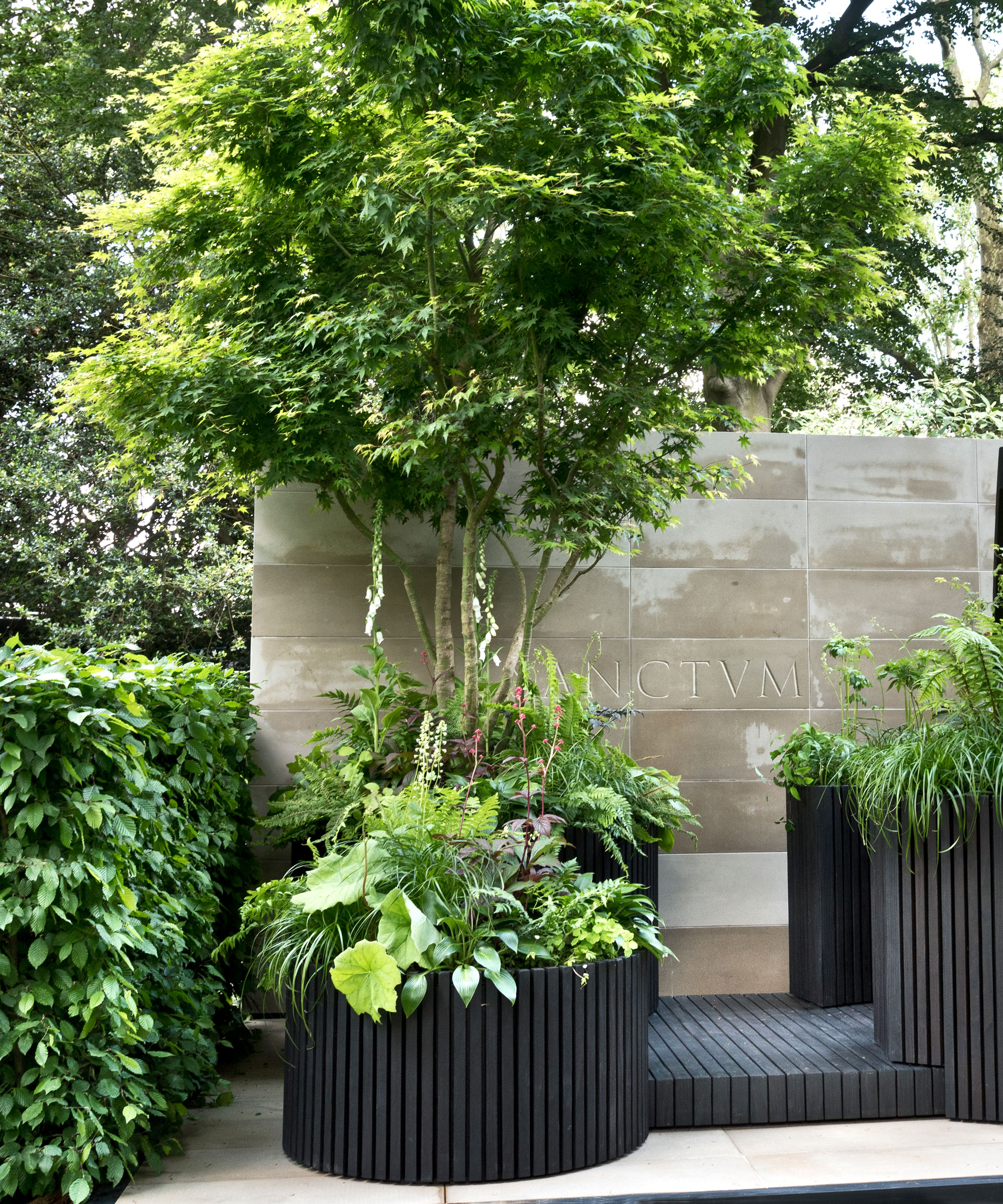
The bigger the container, the less upkeep involved, especially when it comes to cutting down on watering
There’s an easy trick when it comes to simplifying the amount of time spent on keeping planted containers looking good. Choose the largest pots you can find for your container gardening ideas and group them together in one place for ease. It's as simple as that.
By doing this it means watering, feeding and deadheading is confined to just one area. Lots of small containers all over the garden just complicates things and means more work.
Choose containers that are maintenance-free too. Avoid wood, which needs regular upkeep or it will rot, and ceramic, which can be prone to cracking in cold weather.
Some of the latest designs for pots come with a water reservoir that keeps your plants supplied with the correct amount of water for months at a time, as well as a water level indicator telling you when it’s time to refill the reservoir. You can also buy self-watering inserts for pots and planters like these ones from Amazon that can be adjusted to fit most sizes.
5. Choose patio pavers that are easy to keep looking good
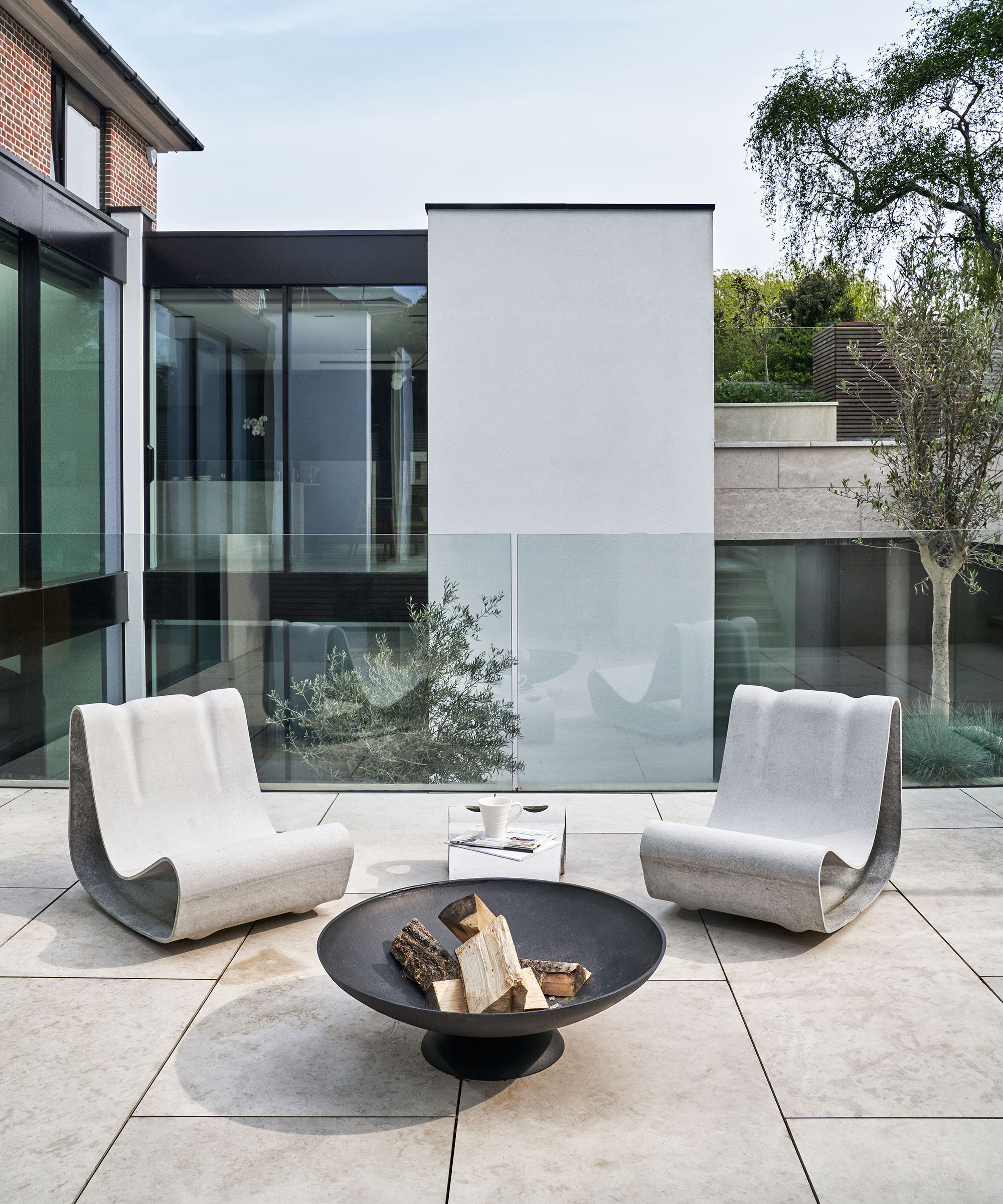
Choose easy patio pavers that stay looking good without the need to clean them
If you look at your patio and other paved backyard ideas with a sinking feeling due to the build-up of weeds, moss, and algae, or just the general air of neglect, it could be time to make the switch to an easier option as part of your plan how to simplify a garden.
Rethink your layout with durable pavers that are easy to clean and keep looking good with minimal effort. Make difficult areas easier to manage by choosing hardscaping that needs very little upkeep in terms of cleaning and maintaining.
Look for a sleek solution that offers a hard-wearing surface, such as natural stone. This is one of the toughest, most durable materials you'll find for your backyard landscaping.
6. Make naturalistic garden design your go-to
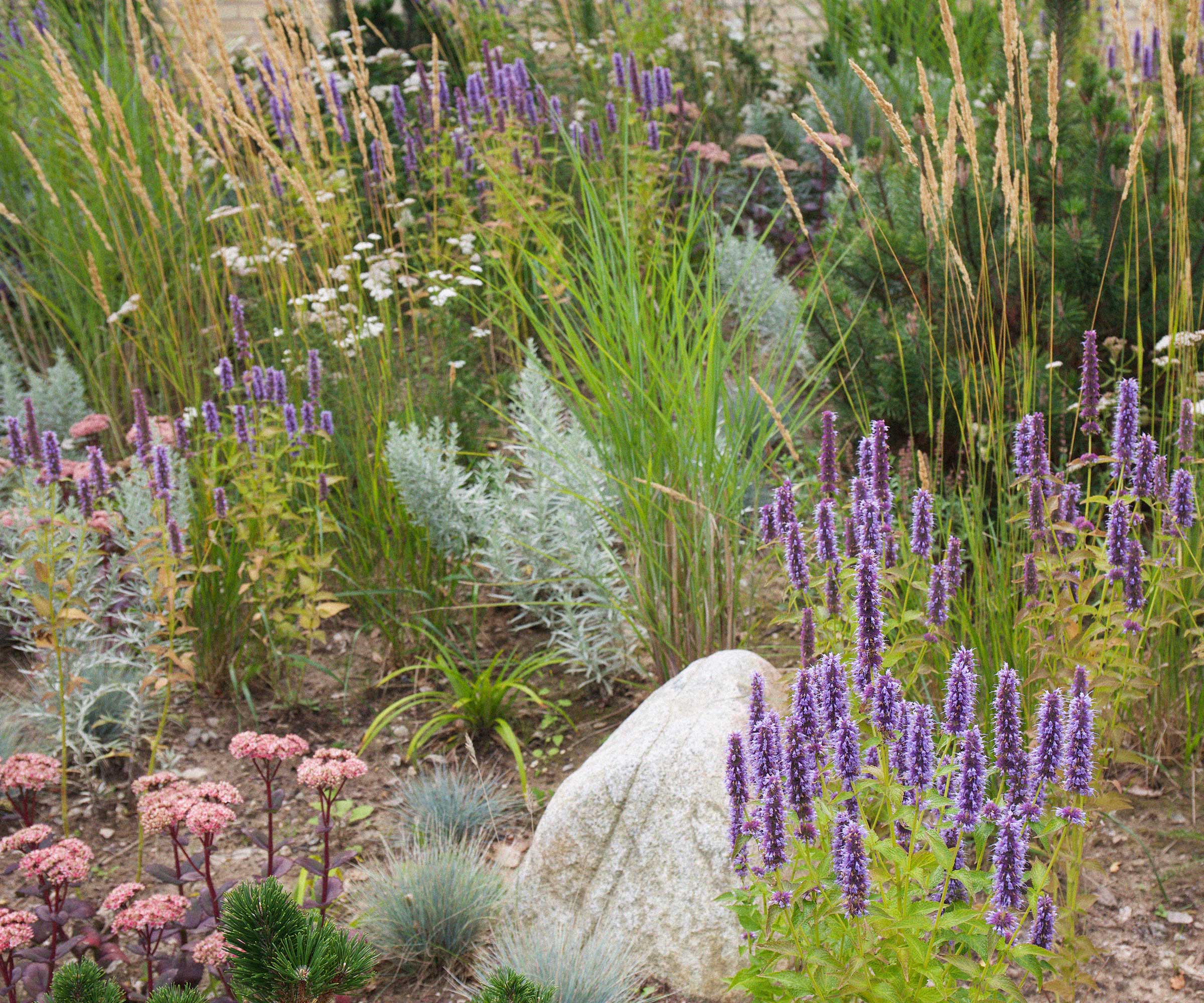
If you opt for a naturalistic planting style it's pretty maintenance free
A wilder, more natural style of planting is something that can easily be achieved at home and the good news is once your design is in place it will be simple to manage. The key is loosening your control over the garden.
'We garden by moving away from models of control to something that embraces unpredictability and constant change,' says Kelly. 'With a new mindset, the creative opportunities are boundless.'
Aim for informal swathes of the longest-flowering perennials and ornamental grasses that will take you through the seasons with ease. As the plants become established they will cover any bare soil which means weeds will be suppressed and moisture retained, which means less chores all round.
There is a simple trick to get the look right whatever the size of your yard. If you're gardening in a small space choose fewer species but plant them in large groups. Alternatively if you have a larger garden, naturalistic planting is low-maintenance way of filling flowerbeds and borders. Exactly what you need to simplify your planting design.
7. Garden in a waterwise way
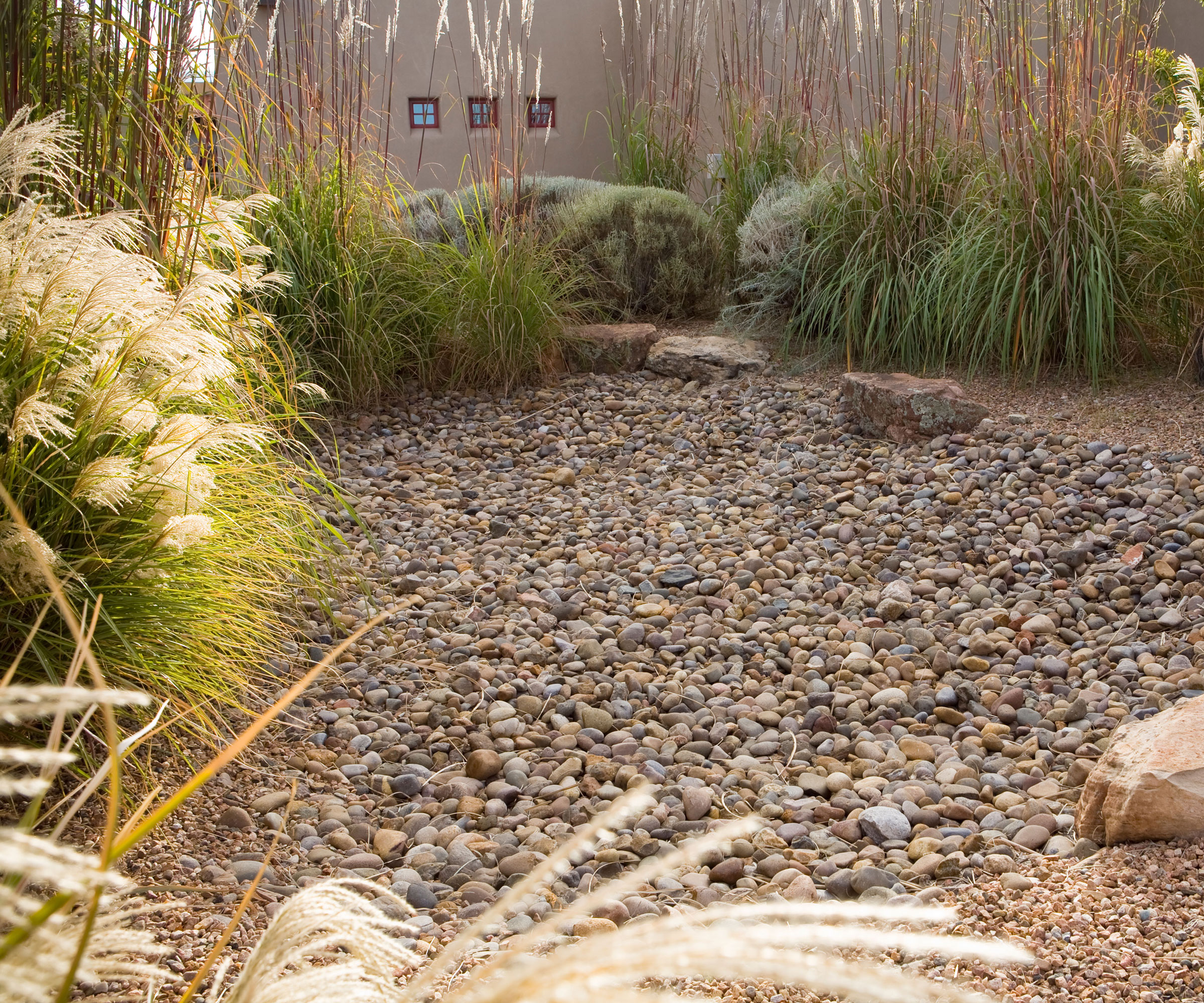
A rain garden captures water and is another easy way to simplify a garden design
Choosing the right water management technique is a key part of how to simplify a garden as it will cut down on the amount of time you spend on hose and watering can duties. This is particularly important if you live in a dry climate, and are considering drought tolerant planting and xeriscaping ideas.
'A key aspect of water management is managing the water that hits
the ground,' says Nan. 'The goal here is to keep as much water on-site as possible. Because the best place to store water is in the soil, bioswales (intentional depressions where water can sit as it percolates down into the soil) are the first choice for water collection.'
You can also capture rainwater in cisterns or rain barrels and use it over time, as there is definitely a case to be made for capturing and using as much rainfall as you can. Rain gardens are another clever and practical way to capture rainwater, as well as being simple to create and maintain.
Now you know how to simplify a garden find out more about easy backyard landscaping ideas as well as the easiest flowers to grow from seed so you can add them to your design.
Sign up to the Homes & Gardens newsletter
Design expertise in your inbox – from inspiring decorating ideas and beautiful celebrity homes to practical gardening advice and shopping round-ups.
Lifestyle journalist Sarah Wilson writes about flowers, plants, garden design and gardening trends for Homes & Gardens. She has studied introductory garden and landscape design and floristry, and also has an RHS Level 2 qualification in the Principles of Plant Growth and Development. She is a regular contributor to Homes & Gardens and Livingetc. She has also written for Real Homes, Modern Gardens and Country Homes & Interiors magazines.
You must confirm your public display name before commenting
Please logout and then login again, you will then be prompted to enter your display name.
-
 Step up your pool cleaning routine with Beatbot AquaSense 2 Ultra
Step up your pool cleaning routine with Beatbot AquaSense 2 UltraCelebrate National Pool Opening Day by saving up to $618 on a luxurious pool cleaning solution from Beatbot.
By Sponsored
-
 Isabella Rossellini's kitchen defines 'pantry perfection' – her sleek storage method is one of the most beautiful ways to bring order to your shelves
Isabella Rossellini's kitchen defines 'pantry perfection' – her sleek storage method is one of the most beautiful ways to bring order to your shelvesA custom Chilean applewood pantry lines the walls of the Conclave actress's kitchen – you can tap into her stunning technique from $42
By Megan Slack